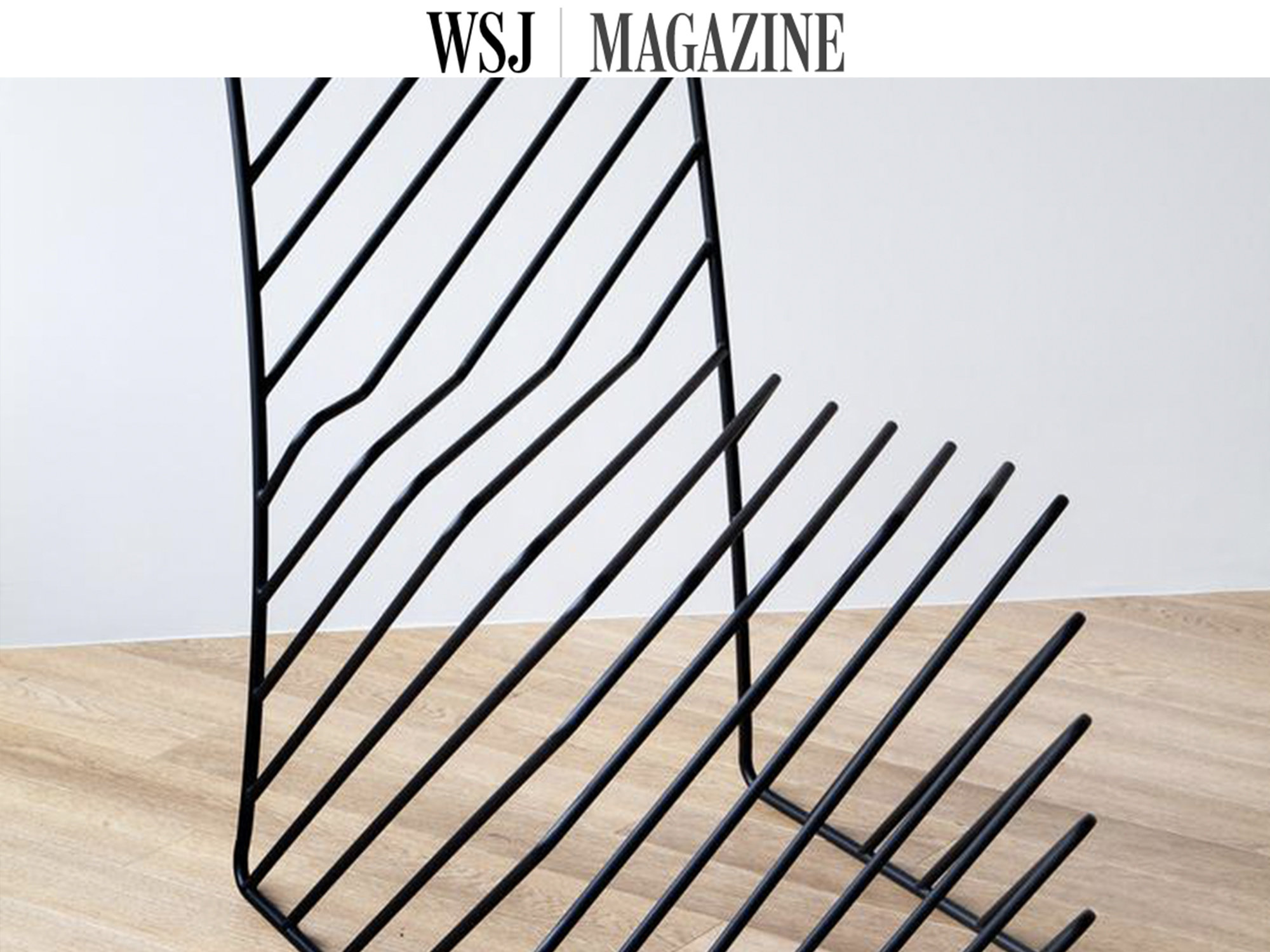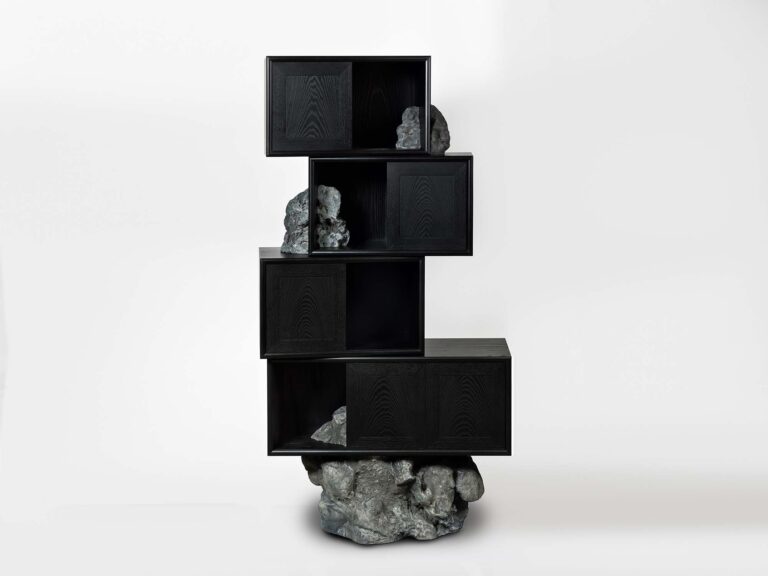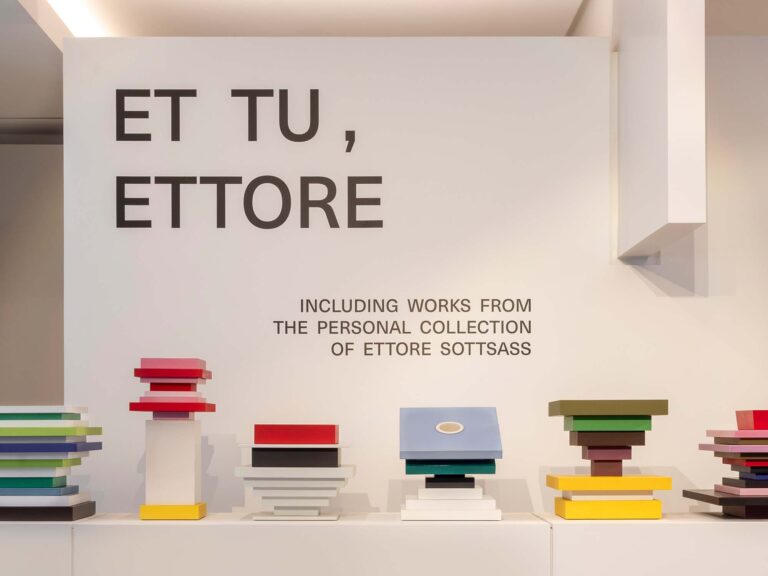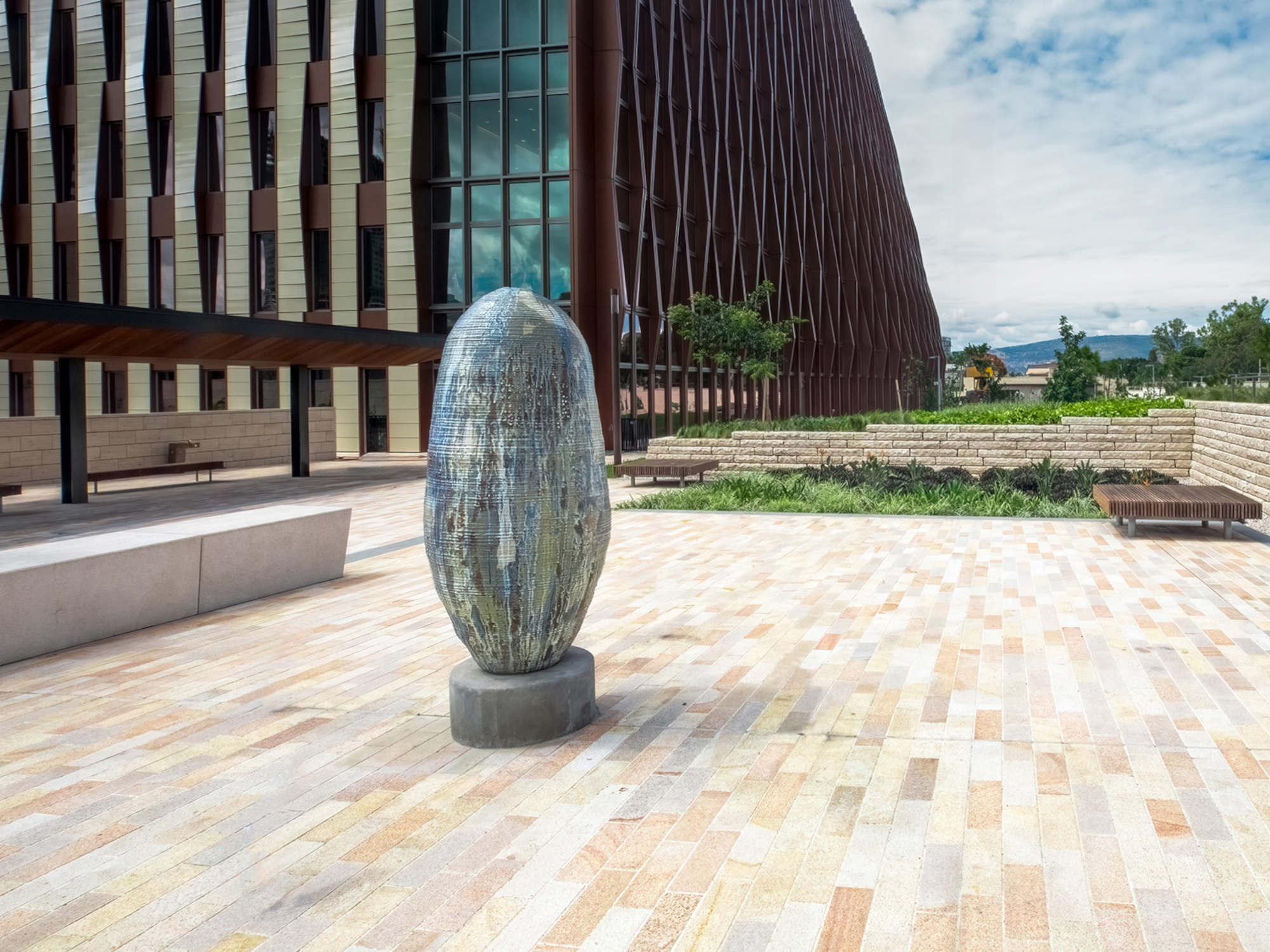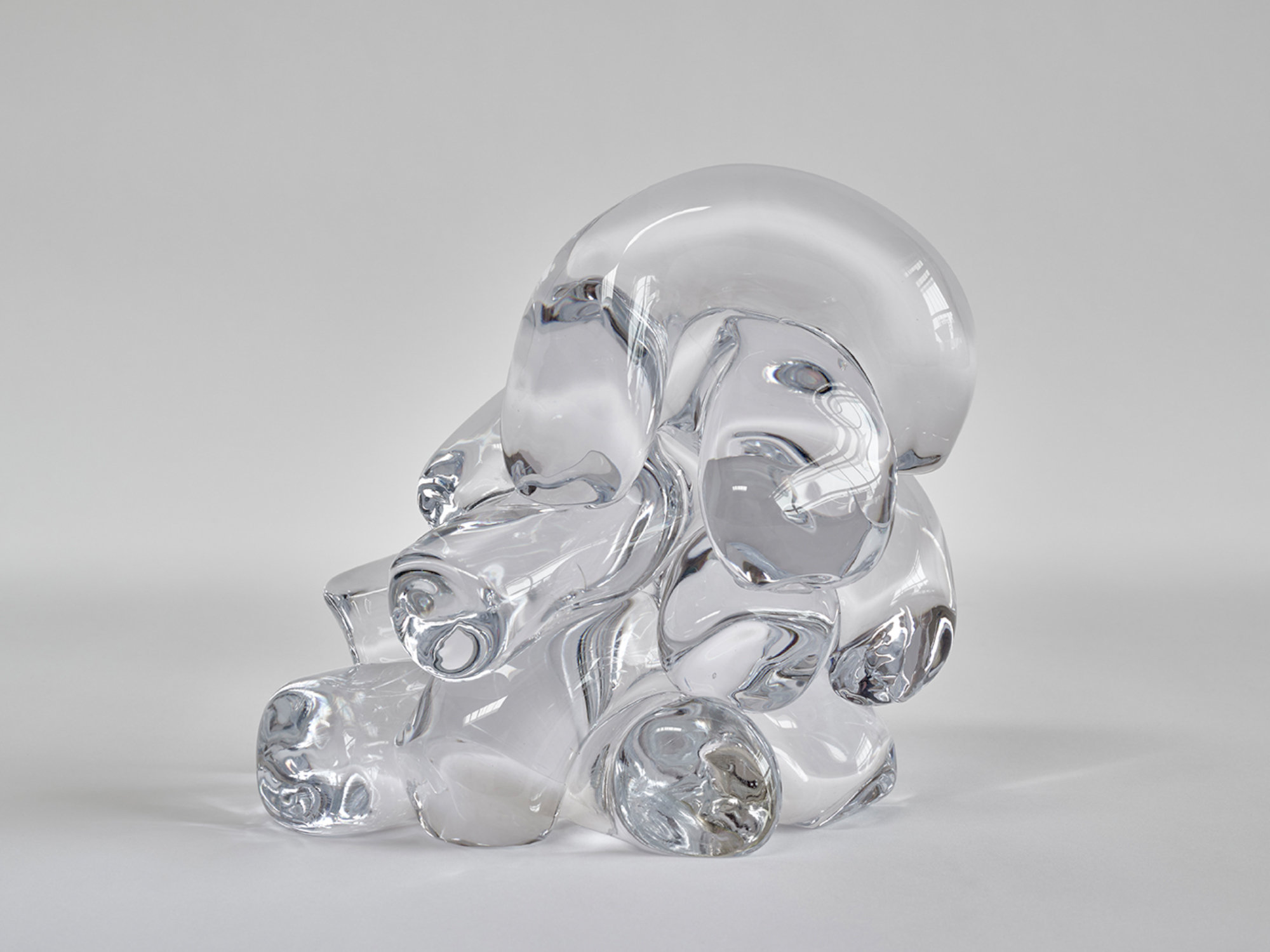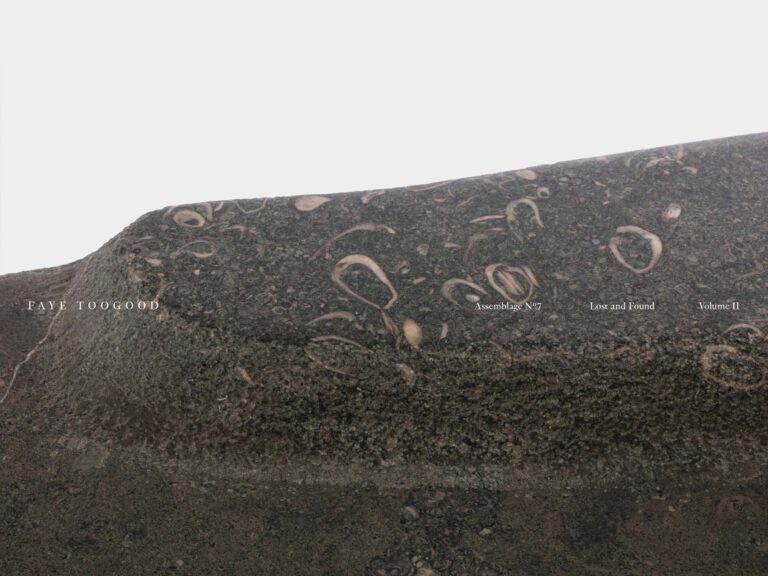By Jay Cheshes
OKI SATO, THE DESIGNER behind Tokyo studio Nendo, often juggles 400 projects at once, he says, at times introducing a new product every week—from a compact earthquake-survival kit to watches inspired by drafting tools to a limited-edition Häagen-Dazs ice cream cake (sold at its outpost on the Champs-Élysées), to name just a few recent additions to his massive, idiosyncratic body of work. Sato’s aesthetic flows across disciplines, in every medium imaginable, resulting in a mix of practical commissioned projects and more experimental personal pieces. “I really don’t get surprised,” he says. “Yesterday someone was asking me to design a screwdriver; the day before it was a ramen bowl. Anything is possible.”
Sato’s versatility has helped make him—at 38, just 14 years after launching his studio—one of the world’s most prolific designers. He has worked for many of the biggest names in furniture, fashion and luxury goods (Louis Vuitton, Cappellini, Moroso, Glas Italia, Kenzo and Jil Sander among them). He’s done Camper shoes, bags for Tod’s, a Baccarat crystal chess set, department store interiors, private homes and even an apartment house for birds in a Japanese wildlife sanctuary. Despite the heterogeneity of the work, Nendo possesses a consistent, unmistakable identity—a spare minimalism imbued with an innate sense of fun—which has helped it reach a broad audience in Japan. “There’s an irreverence, a playfulness, a humanity to his work,” says Steven Learner, founder and creative director of the Collective Design fair in New York City, which is honoring Sato this spring with an exhibition highlighting Nendo’s international influence.
Sato’s reputation abroad might soon start to rival his stature in Japan. In 2015 he won designer of the year from the Maison & Objet design fair in Paris. “I think a lot of people are inspired by this idea that one day you’ll design furniture, another day fashion, another day retail,” says the fair’s managing director, Philippe Brocart. In May, Sato kicks off a full slate of international museum and gallery shows, beginning with Trace at Collective Design, an exhibition of sculptural wood cabinets and steel lights—“traces of products used in daily life,” as he says.
In June, the Design Museum Holon outside Tel Aviv will host his first museum retrospective, The Space in Between, featuring more than 100 objects across six thematic rooms, covering the incredible breadth of his work—from lamps made from Japanese farming nets to an umbrella that stands up on its own. “It’s strange to say ‘a retrospective’ for a guy who’s not even 40,” says Maria Cristina Didero, the show’s curator. “When he’s 70 we’ll need a whole plaza to display everything he’s done.” Another Nendo exhibition opens in August at the Taiwan Design Museum, followed in September by a presentation of new work at the Friedman Benda gallery in New York, 50 Manga Chairs, abstract expressions of Japanese animation. “They represent different characters or movements,” he says. “The way I place the chairs hopefully generates a story.”
Nendo explores areas where contemporary design rarely ventures. Recently Sato rebranded the rugby team at his alma mater, Waseda University, reimagining the uniforms, logo, slogan and fan paraphernalia. He has developed a prototype for a sake cellar for storing and serving at optimal temperatures, and is working on a 3-D-printed paper bonsai tree that can be trimmed to one’s liking without having to worry about soil or water. “It’s a mix of the very traditional and very high-tech,” he says.
Sato’s boyish manner—interviews are punctuated by frequent bouts of laughter—has also turned him into something of a media darling in Japan. He appears in TV ads and documentary programs and hosts a weekly radio show on design (a favorite on-air game: guessing the musical style of a CD based on its album artwork). He recently began consulting for a new drama series on the NHK TV network about a young designer modeled on him. “The character is much more good-looking than I am,” he jokes, “and a little bit cooler.”
Outside the office, the designer finds time for sustenance, sleep, his 7-year-old chihuahua-pug and little else. He’s a self-described otaku—a geek as obsessive as Japan’s manga-mad shut-ins. “This is my hobby, my pastime, my occupation,” he says, noting that he’s stripped the clutter from his life to leave more room for inspiration to strike. “I have a strong aversion to change in my private life,” he adds. “My daily routine is what relaxes me. Sometimes I just stare at a white wall with a blank look on my face.”
Sato lives in a sparsely appointed one-bedroom apartment not far from the office, where his closet is lined with identical white shirts and black pants. When he’s in Tokyo, he begins every day at Connel Coffee, a glass-enclosed cafe below his studio where everything from the design of the space to the look of the cups and stirrers was overseen by Nendo. For lunch, he eats noodles from a nearby restaurant every day. “The staff serve me the same soba without saying anything,” says Sato. On some nights, he works in his studio until the building kicks him out at around midnight.
Sato, who was born in Canada and moved to Japan when he was 11, has never worked for anyone else. He launched his studio with six friends right out of grad school, after an eye-opening trip to Salone del Mobile in Milan. “I was surprised by the energy of the fair,” he says. “I didn’t know design was so open to everyone.” With Nendo—the name references clay, or children’s Play-Doh—he had the idea, radical in Japan, of designing in “a very free and flexible way.” For the first two years he worked out of his family’s home.
In 2008 he submitted a project for the XXIst Century Man show curated by Issey Miyake to commemorate the first anniversary of the 21_21 Design Sight museum in Tokyo. Sato’s Cabbage Chair, made from peeling rolls of pleated paper discarded from Miyake’s Pleats Please collection, quickly went viral. Among 40 Cabbage Chairs later shipped to New York for his debut show at Friedman Benda, the majority wound up in museum collections—including MoMA, the Victoria and Albert and the Cooper Hewitt. “The materials in the chair have this kind of magical life,” says Ellen Lupton, curator of contemporary design at the Cooper Hewitt. “Oki’s work hangs together around a simple but friendly and happy aesthetic, clean and simple but not punishing or low calorie.”
Among the many new projects he unveiled last year, perhaps the most personal was the new studio space he moved into in July, with 30 designers spread across two floors in a landmark tower a few blocks from Tokyo’s Imperial Palace. After spending the past dozen years focused mostly on intimate projects, Sato is thinking bigger these days, returning to his architectural roots. Following a long hiatus, he’s designing houses again. “We are thinking about how we can make houses in a different way,” he says, “very experimental, very tactile, like working on a huge piece of furniture.” A shopping complex in Bangkok and a train station near Kyoto are in the works as well.
He’s also in talks with several Japanese companies—in media, advertising and telecom—to launch a series of joint ventures. “So many companies,” he says, “want to join forces with Nendo.” One of the first of these recently launched under the name Onndo—meaning “heat”—a partnership with Nomura, a large interior design firm. “I’m not sure what’s going to happen,” he says. “We just want to challenge what the possibilities are.”
